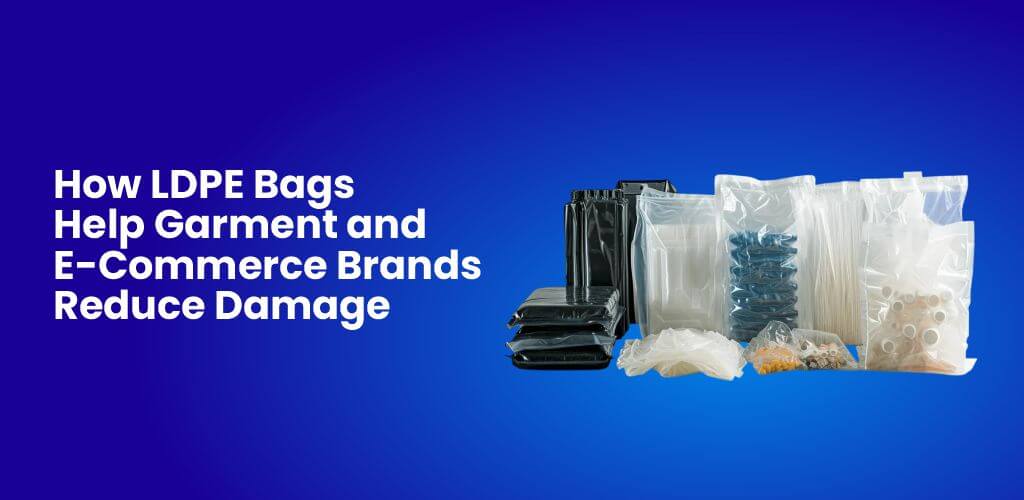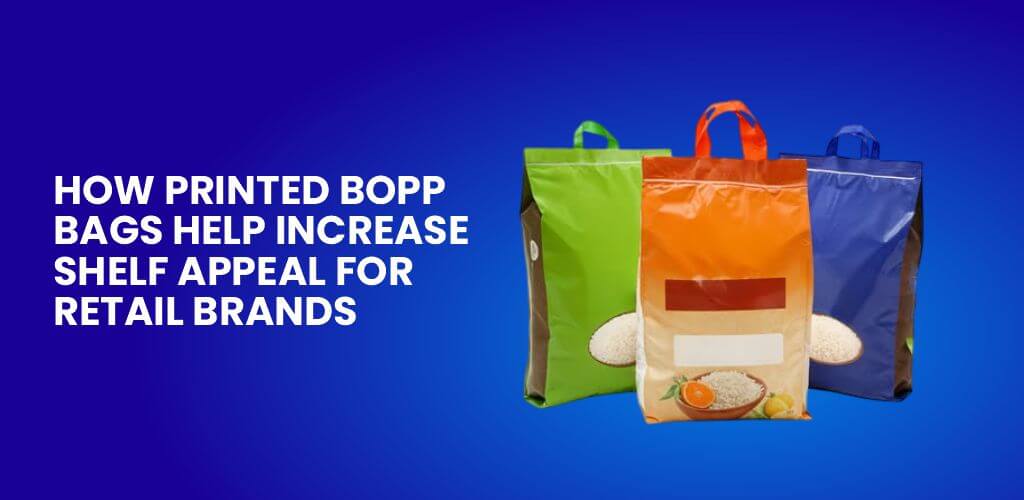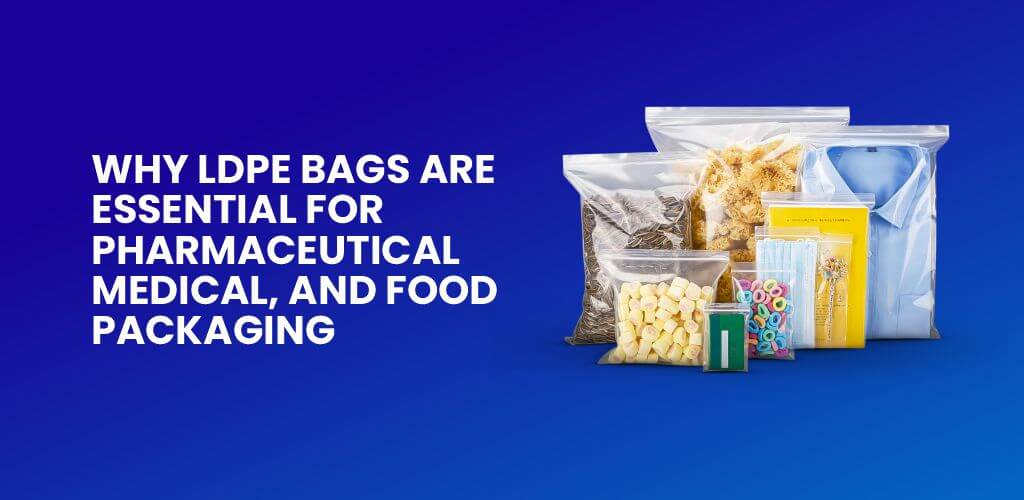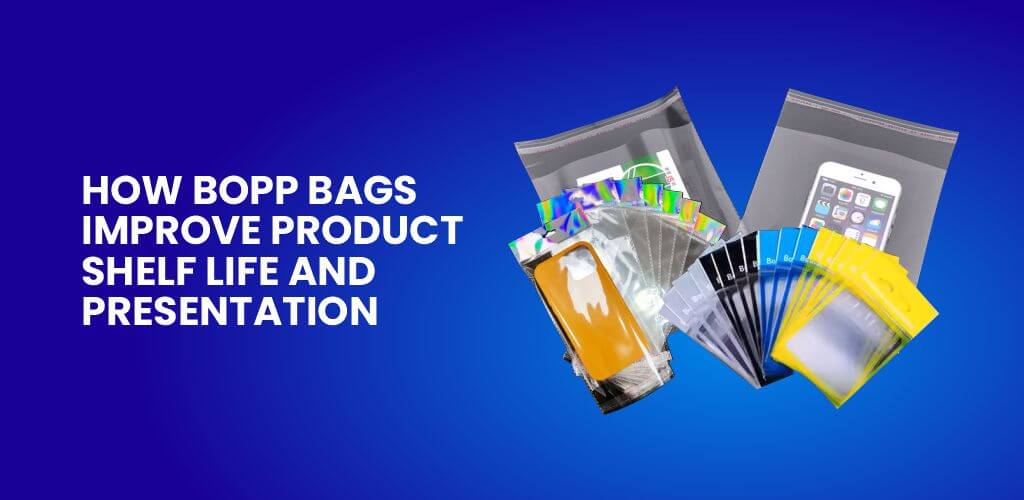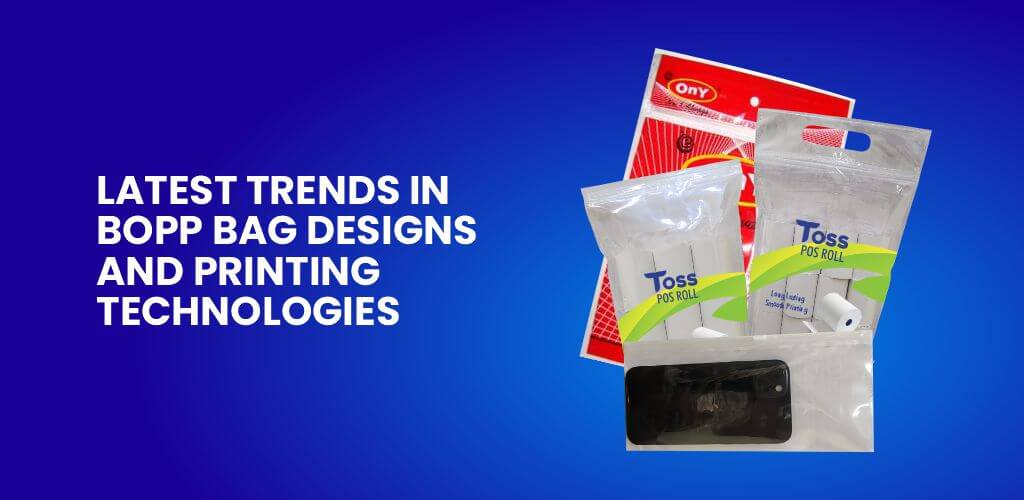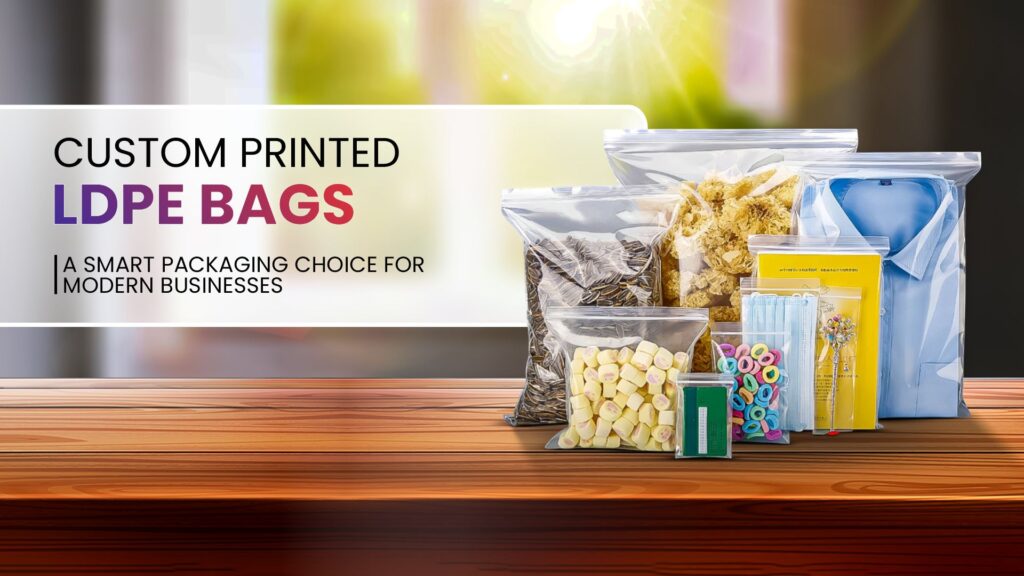How LDPE Bags Help Garment and E-Commerce Brands Reduce Damage
Every garment or e-commerce order that reaches a customer in good condition strengthens the brand’s reputation. But anyone in the industry knows how easily products get wrinkled, stained, torn, or moisture-damaged during storage and shipping. From warehouse handling to last-mile delivery, each step adds risk. That is where LDPE bags
How Printed BOPP Bags Help Increase Shelf Appeal for Retail Brands
In retail, packaging often makes the first impression long before a customer ever tries the product. With shelves packed tight and shoppers scanning quickly, the appearance of a pack can be the difference between a sale and a skip. This is where printed BOPP bags have become a reliable tool
Why LDPE Bags Are Essential for Pharmaceutical, Medical, and Food Packaging
Behind every securely sealed medicine, sterilized medical instrument, or fresh food product is packaging that quietly does its job—keeping contents safe, clean, and intact. Among the many materials used in the industry, LDPE (Low-Density Polyethylene) bags have proven to be indispensable. LDPE bags are lightweight, flexible, and highly resistant to
How BOPP Bags Improve Product Shelf Life and Presentation
In today’s competitive market, packaging plays a far greater role than simply holding a product. It protects, promotes, and influences purchasing decisions simultaneously. For many industries, from agriculture to consumer goods, BOPP Bags (Biaxially Oriented Polypropylene Bags) have become the preferred choice because they combine durability, visual appeal, and practicality.
Latest Trends in BOPP Bag Designs and Printing Technologies in 2025
Walk through any modern supermarket in 2025, and you’ll notice something interesting. The bags that hold rice, flour, pet food, or fertilizer don’t just look like simple packaging anymore. They have turned into marketing tools, sustainability statements, and sometimes even conversation starters. This change is largely driven by BOPP bag
Custom Printed LDPE Bags: A Smart Packaging Choice for Modern Businesses
Think about the last time you bought something in a store or received an online order. Chances are, the product came in some kind of packaging that not only kept it safe but also carried the brand’s logo or design. That’s not an accident. Businesses today know packaging is more

